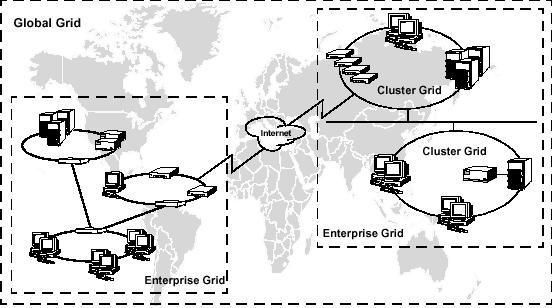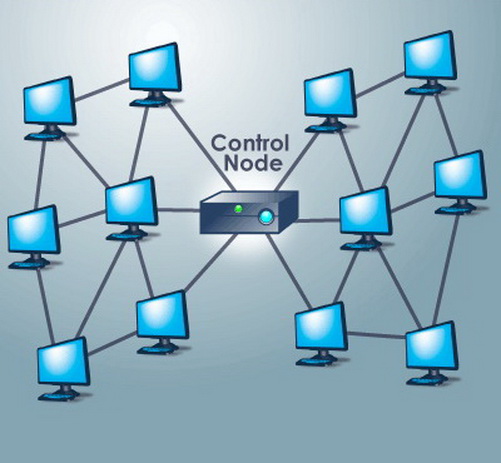Voice over Internet Protocol or Voice over IP or VoIP is a general term for a family of transmission technologies for delivery of voice communications over internet protocol networks such as the internet or other packet-switched networks. Other terms frequently encountered and synonymous with voice over internet protocol are internet protocol telephony, internet telephony, voice over broadband, broadband telephony, and broadband phone. Internet telephony refers to communications services – voice, facsimile, and/or voice-messaging applications – that are transported via the internet, rather than the public switched telephone network.
Definition of Voice Over Internet Protocol (VoIP)Voice over internet protocol can be defined as the ability to make telephone calls and to send facsimiles over internet protocol- based data networks with a suitable quality of service and a much superior cost/benefit.… Read the rest



